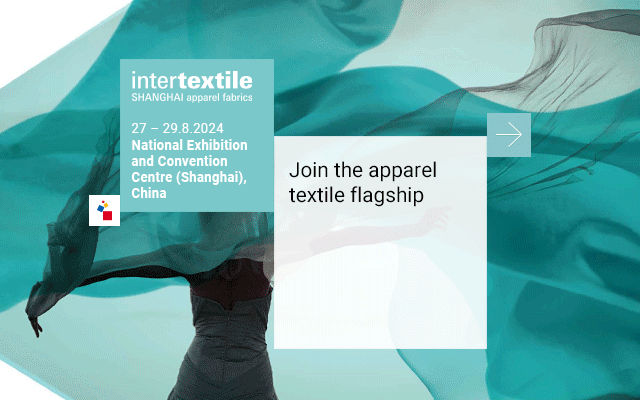Introduction
Navajo rugs; the art which is approximately 150 years oldhaving its origin from United States. Navajo people of the Four Corners area of United States are producing these rugs and blankets which is an importantelement of Navajo economy.
Navajo textiles were originally useful as cloaks, dresses,saddle blankets and similar purposes. At the end of 19th centuryweavers began to make rugs for tourism and export. Typical textiles have stronggeometric patterns. Navajo weaving is similar to kilims of Eastern Europe and Western Asia, but there are definitely some noticeable differences. In Navajo weaving, theslit weave technique common in kilims is not used, and the warp is onecontinuous length of yarn, not extending beyond the weaving as fringe.
Navajo people acquired the lberian Churra breed of sheepfrom Spanish explorers and now this breed is known as Navajo- Churro. Thesesheep were well-suited to the climate in Navajo lands, and produced usefullong-staple wool.
Initially at mid 10th century to dye Navajoweaving natural brown, white and indigo dyes were used. By the middle of thecentury the palette had expanded to include red, black, green, yellow and gray.
Method of Weaving
Earlier, upright looms with no moving parts were used to weaveNavajo rugs and support poles were constructed of wooden or loom itself was setup between two trees. Now days steel pipe is used in place of wood. A lower andupper beam is attached to these wooden/steel pipe side supports. A smoothstraight stick or dowel is suspended from the upper beam while another islashed to the lower beam and upper bar is adjustable so it can be easily usedto adjust the tension. The warp thread is strung back and forth between twoinner sticks or beams. Artists sit on the floor during weaving and wrap thefinished portion of fabric underneath the loom as it grows.
Thereare mainly four overlapping categories to produce Navajo rugs as per weavingscholar Jo Ben Wheat.
FirstPhase
Navajorugs were made from about 1800 to 1850 and consisted of black / brown and whitestrips. Generally top, bottom and center stripes were wider than the otherstrips while border stripes sometimes contained pairs of narrow indigo bluestripes and outlining in very narrow stripes if raveled red.
Second Phase
Navajorugs included small red bars or rectangles at the center and end of the bluestripes and were made about 1810 to 1870.
Third Phase
Navajo rugs are between 1860 and 1880 saw the addition of stepped or serrated diamonds of color to the center and ends of the wide stripes. In this phase the center of the blanket featured a full diamond, with quarter diamonds at the corners and half diamonds in the middle of the border bands.
Fourth Phase
These weavings made from 1870 through the early years of the twentieth century, were actually products of the Transitional Period. In this phase, the diamond motifs became larger and more elaborate; often overtaking the black and white stripes as primary design elements so all collectors can not recognize this as a distinct phase.
Modern Day Trends
In modern time communication between Navajo reservation areas has been increased. There are also remarkable changes in the weaving style which are differentiated from region to region. To bring uniformity in weaving rugs new trends are set; Navajo wool is being sent to a commercial plant to be processed into wool then returned to the weavers. The weavers then dye these rugs with natural plant or vegetable dyes. Now days, most of the Navajo rugs are with fine weave and lighter weave so that it can be seen more as tapestries to hang on wall.
References
- &sec=article&uinfo=<%=server.URLEncode(2192)%>" target="_blank">http://en.wikipedia.org/wiki/Navajo_rug
- &sec=article&uinfo=<%=server.URLEncode(2192)%>" target="_blank">http://www.antiquequiltdating.com/Navajo_Weaving.html
- &sec=article&uinfo=<%=server.URLEncode(2192)%>" target="_blank">http://www.navajorugsblankets.com/history.htm














Comments